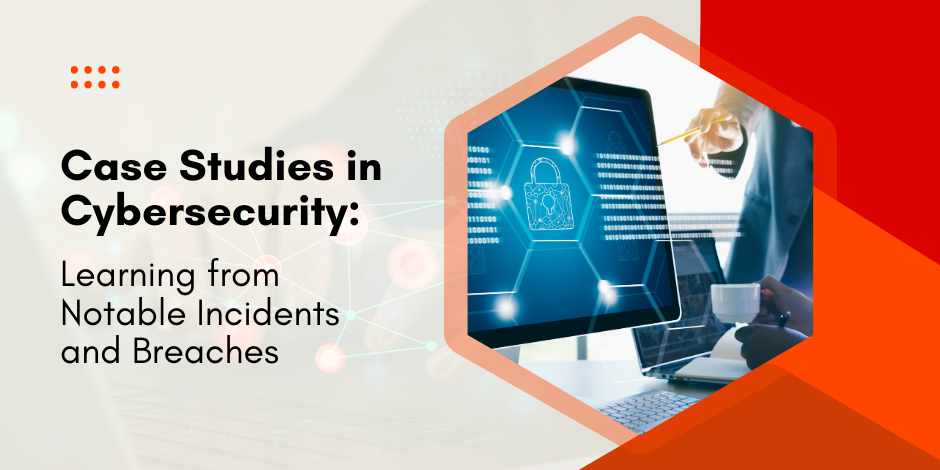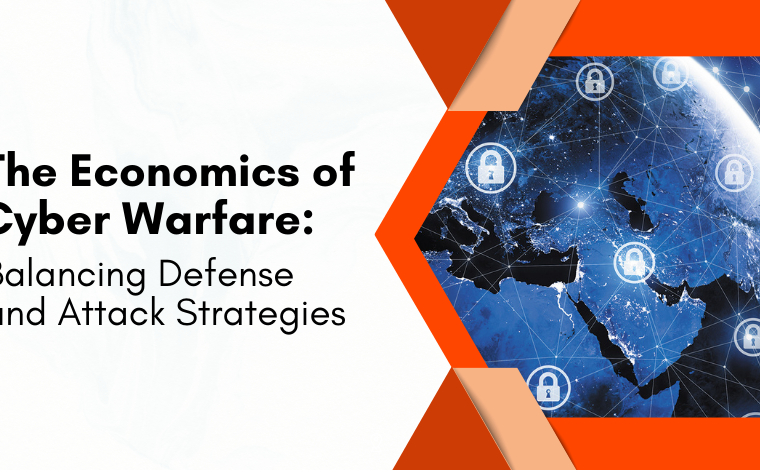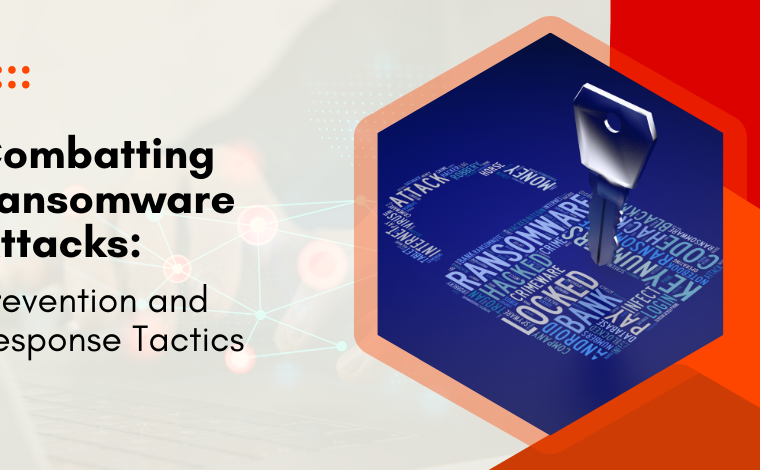Case Studies in Cybersecurity: Learning from Notable Incidents and Breaches

Stay Informed With Our Weekly Newsletter
Receive crucial updates on the ever-evolving landscape of technology and innovation.
The importance of cybersecurity cannot be overstated in today’s digital age.
With technological advancements, businesses and individuals increasingly rely on the Internet and digital platforms for various activities.
However, this reliance also exposes us to potential cyber threats and breaches that can have significant impacts.
According to findings by IBM and the Ponemon Institute, security teams typically require, on average, approximately 277 days to detect and mitigate a data breach.
By understanding the role of cybersecurity and dissecting notable case studies in cybersecurity, we can learn valuable lessons that can help us improve our overall cybersecurity strategies.
Understanding the importance of cybersecurity
 Cybersecurity is crucial in safeguarding our digital assets and protecting sensitive information.
Cybersecurity is crucial in safeguarding our digital assets and protecting sensitive information.
It encompasses various measures and practices that are designed to prevent unauthorized access, use, or disclosure of data.
In a world where cybercriminals are constantly evolving their techniques, examining case studies in cybersecurity and having a robust strategy is essential.
The role of cybersecurity in today’s digital age
In today’s interconnected world, businesses and individuals rely heavily on digital platforms and online services.
From online banking to e-commerce, from social networking to remote working, our lives revolve around the digital landscape.
With such heavy dependence, cyber threats and breaches become a real and constant danger.
The evolving nature of cybersecurity threats calls for continuous vigilance and proactive measures, like consistently reviewing case studies in cybersecurity.
Cybersecurity professionals need to be well-versed in the latest threats, vulnerabilities, and solutions to mitigate risks effectively.
The potential impact of cybersecurity breaches
Cybersecurity breaches can have severe consequences for organizations and individuals alike.
They can result in unauthorized access to sensitive information, financial loss, reputational damage, and legal implications.
The impact of a breach can extend far beyond immediate financial losses, as organizations can suffer long-term damage to their brand and customer trust.
For individuals, cybersecurity breaches can result in identity theft, personal financial loss, and compromised privacy.
The consequences of a breach can be emotionally and financially distressing, affecting individuals’ lives for years to come.
Now, let’s look at some important case studies in cybersecurity.
Dissecting notable case studies in cybersecurity

Examining case studies in cybersecurity incidents allows us to gain a deeper understanding of a breach’s anatomy and the emerging common themes.
The sony pictures hack
In 2014, cyber attackers infiltrated Sony Pictures’ network, releasing confidential data, including employees’ personal details and private communications between executives.
This breach led to significant reputational harm and financial setbacks for Sony, prompting substantial investments in cybersecurity improvements and numerous legal settlements.
Case studies in cybersecurity like this one underscore the critical need for enhanced network security measures and more rigorous data handling and protection protocols.
The Equifax data breach
Equifax suffered a massive breach in 2017 when hackers exploited a web application vulnerability to access the personal data of roughly 147 million consumers.
This incident ranks among the most substantial losses of consumer data to date, resulting in severe reputational and financial damage to Equifax.
Case studies in cybersecurity like this highlight the critical importance of keeping software up to date and the need for a thorough vulnerability management strategy to prevent similar breaches.
The WannaCry ransomware attack
The WannaCry ransomware is another case study in cybersecurity from 2017.
It was a global crisis, impacting hundreds of thousands of computers across 150 countries by exploiting vulnerabilities in outdated Microsoft Windows systems.
The attack disrupted critical services in sectors such as healthcare and transportation, leading to extensive financial losses worldwide.
This event demonstrated the importance of regular system updates, effective backup protocols, and ongoing employee training to mitigate the risks of phishing and other cyber threats.
How to apply these lessons to improve cybersecurity
Applying the lessons learned from past case studies in cybersecurity requires a holistic and proactive approach.
Organizations should conduct regular vulnerability assessments and penetration testing to identify weaknesses within their infrastructure.
These assessments provide valuable insights into potential vulnerabilities that can be addressed to strengthen overall cybersecurity.
In addition, continuous education and awareness programs should be implemented to ensure employees are well informed about the latest threats and trained on cybersecurity best practices.
Regular training sessions, simulated phishing campaigns, and security awareness workshops can contribute to creating a security-conscious culture within the organization.
Consider an online training program like the Institute of Data’s Cybersecurity Program, which can teach you the necessary skills and provide real-world project experience to enter or upskill into the cybersecurity domain.
Strategies for enhancing cybersecurity

Effective cybersecurity strategies go beyond implementing technical controls and educating employees.
They encompass a comprehensive approach that addresses various aspects of cybersecurity, including prevention, detection, response, and recovery.
Best practices for preventing cybersecurity breaches
- Implementing multi-factor authentication (MFA) for all accounts
- Regularly patching and updating systems and software
- Using strong, unique passwords or password managers
- Encrypting sensitive data both at rest and in transit
- Restricting user access based on the principle of least privilege
- Implementing robust firewalls and network segmentation
- Conducting regular vulnerability assessments and penetration testing
- Monitoring network traffic and system logs for anomalies
- Regularly backing up critical data and testing the restore process
- Establishing incident response plans and conducting tabletop exercises
The future of cybersecurity: predictions and precautions
As technology continues to evolve, so do cyber threats. It is essential to anticipate future trends and adopt proactive measures to strengthen our cybersecurity defenses.
Emerging technologies like artificial intelligence and the Internet of Things present both opportunities and challenges.
While they enhance convenience and efficiency, they also introduce new attack vectors. It is crucial for cybersecurity professionals to stay abreast of these developments and implement necessary safeguards.
Conclusion
Learning from case studies in cybersecurity allows us to understand the evolving landscape of cybersecurity better.
Dissecting these incidents, identifying key lessons, and applying best practices can strengthen our overall cybersecurity strategies.
As the digital age continues to advance, we must remain vigilant and proactive in our efforts to protect our digital assets and sensitive information.
Enrol in the Institute of Data’s Cybersecurity Program to examine important case studies in cybersecurity, improve your knowledge of cybersecurity language, and stay ahead of evolving challenges.
Alternatively, if you’re interested in learning more about the program and how it can benefit your career, book a free career consultation with a member of our team today.




